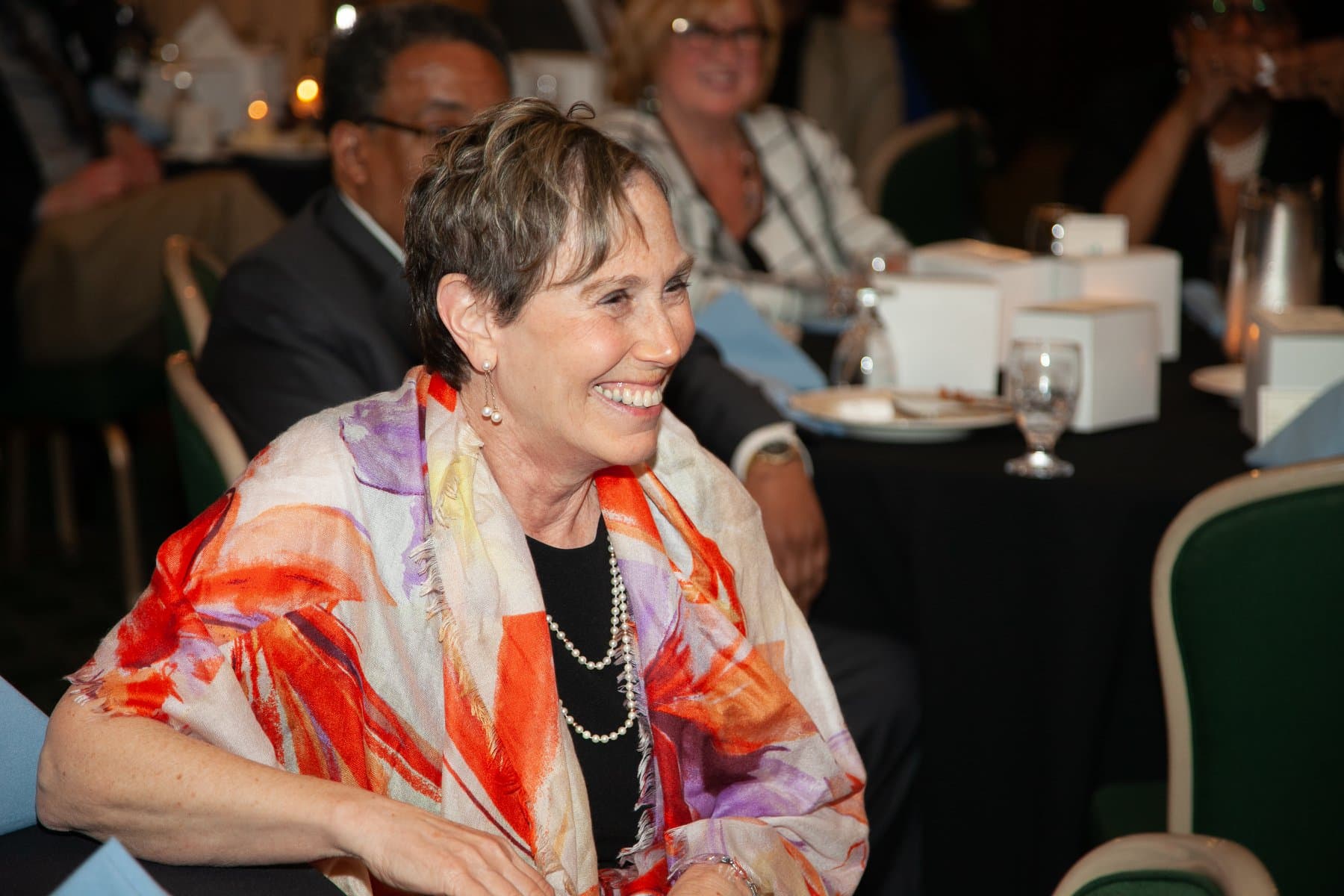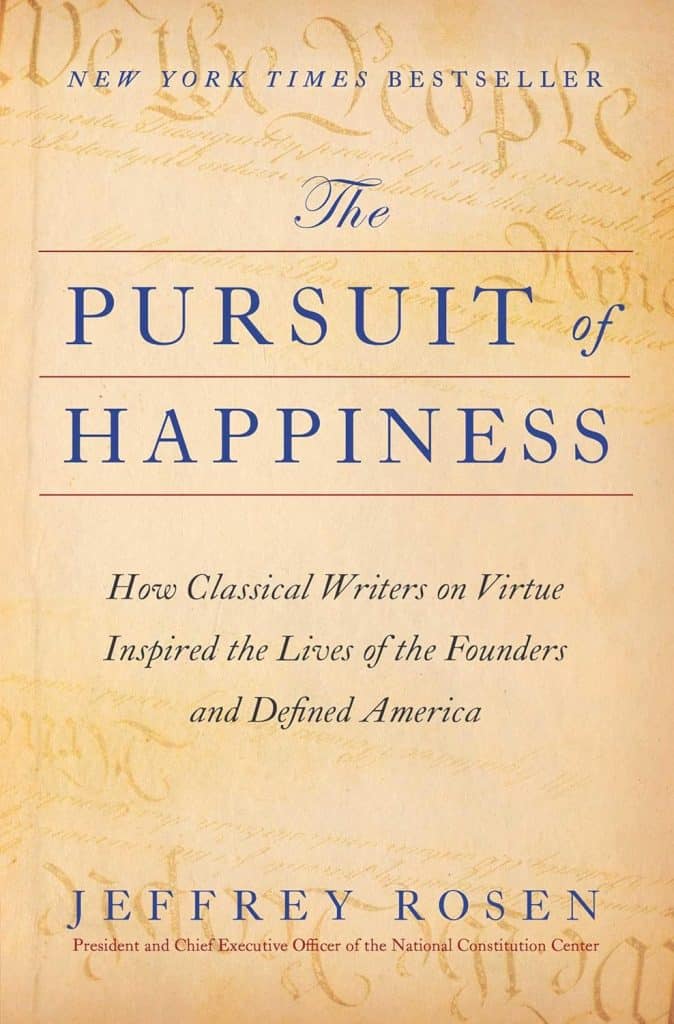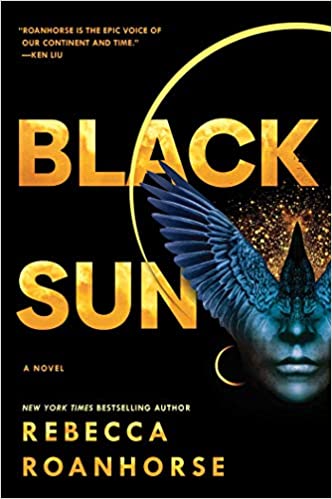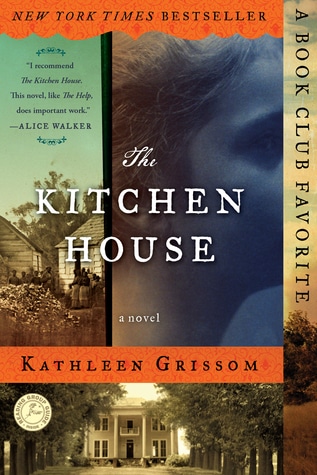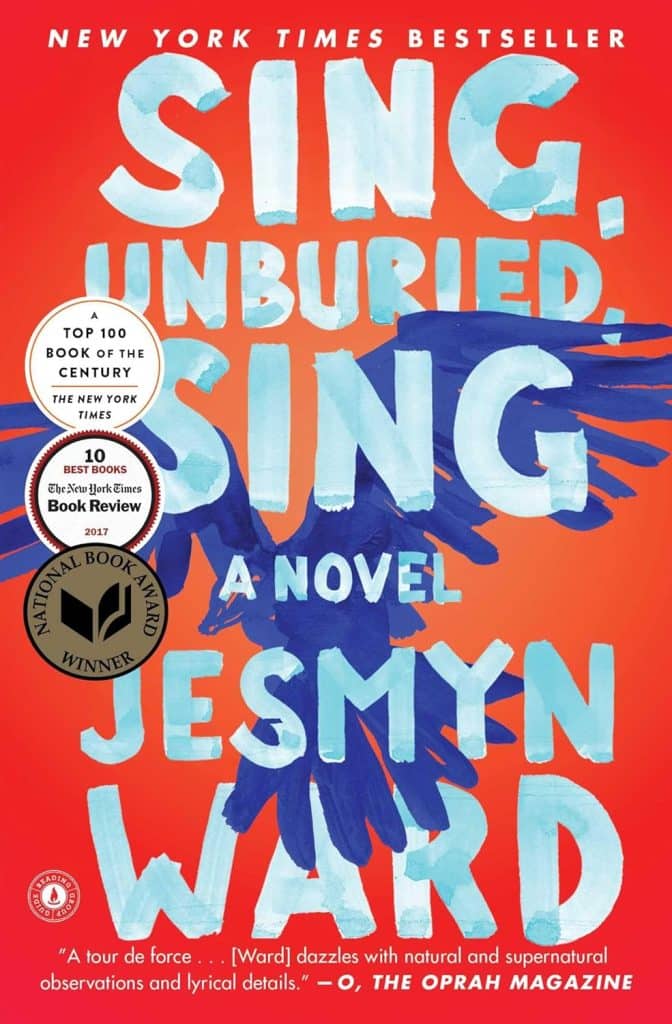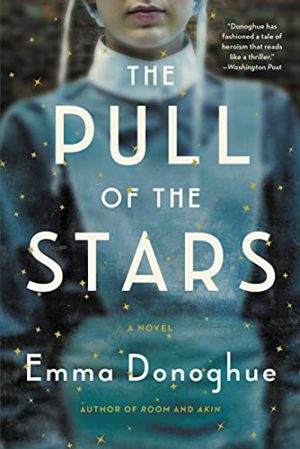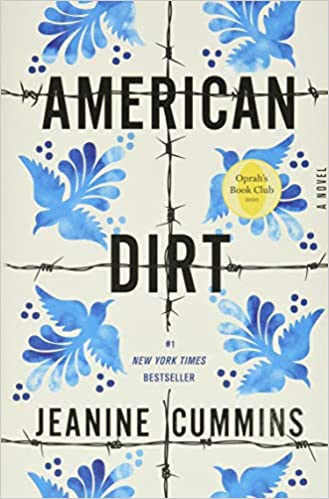Visiting Jan During COVID
Estimated reading time: 7 minutes, 32 seconds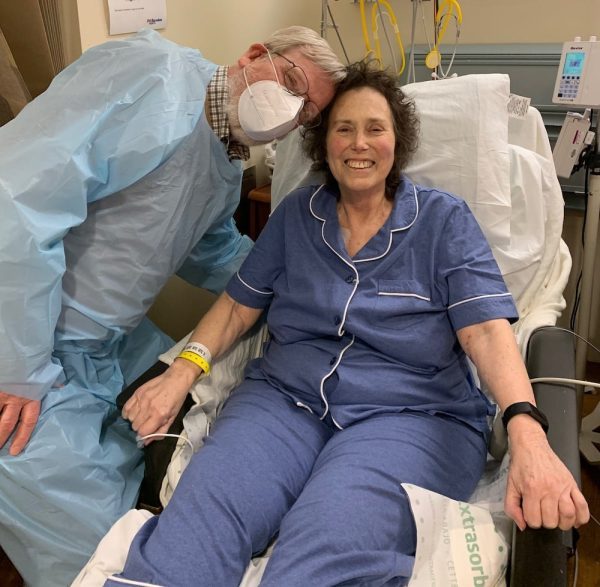
The Visit
“Welcome. Before seeing your wife, put on this hospital gown, gloves, and shoe coverings,” said the nurse as she welcomed me to the COVID unit. I have never been good at putting on hospital gowns, but I did it on the first try. The gloves and shoe coverings were a little more complicated.
When they opened the door to her room, Jan’s smile was so large and warm that it melted my heart and could have melted every ice cube in the universe.
I love you,” Jan shouted.
I responded with, “I love you so very much!”
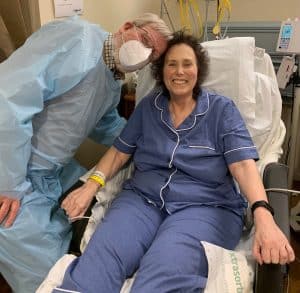
The nurse asked me, “Would you like a photo?”
I handed her my iPhone and did not even think of taking my mask off.
“How do these photos look?”
Jan said they were perfect.
As this nurse left, she said I could take off my mask.
I stopped getting lunch ready and reached over and kissed Jan. It had been so long since we were together that this kiss felt like our first.
As soon as we finished lunch, Dr. Strair entered the room. I reach for my mask, but he says it is OK to say unmasked.
Jan and I start to speak at the same time. “Thanks…”
I stop, and Jan finishes our shared thought, “Thanks for letting Richard visit me.
I was worried about your emotional state and advocated for a visit,” Dr. Strair responded.
“Thank you so very much,” I said.
“We analyzed the pathology report, and it indicated that Janice has an expression of CD30, which is very treatable, and we plan to begin therapy tomorrow. The treatment is effective and fast-acting and does not lower blood counts,” said Dr. Strair.
It was Jan’s first hearing about this, and she looked relieved and happy.
This is wonderful news,” she said. “Are there any side effects or risks?”
Dr. Strair explained moderate risks but stressed the potential for rapid improvement.
“I am willing to try anything that will help me.”
“Good, I will write the orders to start treatment.”
“I just want her healthy and home,” I say.
We had survived COVID, the never-ending ER visit, but we were together and had hope. This lucky break made us believe that Spring was about to burst open.
We were more in love than ever when I walked back to our car.
Jan will live; I screamed as I walked into the parking deck. She is going to live and be home soon.
The Jan Lilien Education Fund sponsors ongoing sustainability and environmental awareness programs. All donations are tax-deductible.

This work is licensed under a Creative Commons Attribution-NonCommercial 4.0 International License.
After almost 48 years, I recently lost my wife, Jan Lilien. Like The Little Prince, Jan and I believed that “The most beautiful things in the world cannot be seen or touched, they are felt with the heart.” This blog is a collection of my random thoughts on love, grief, life, and all things considered.
